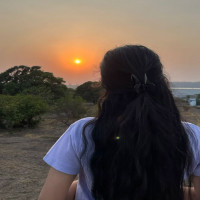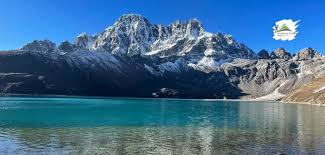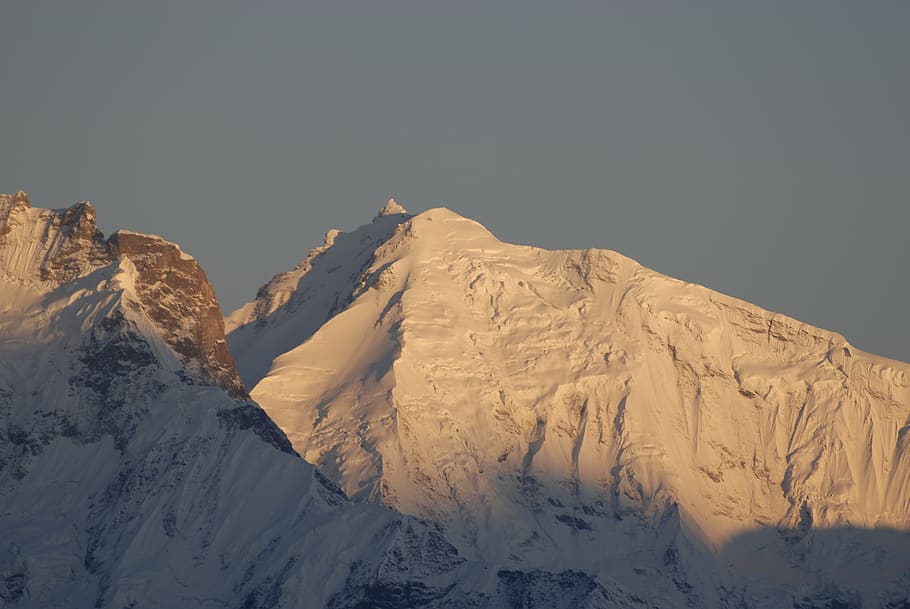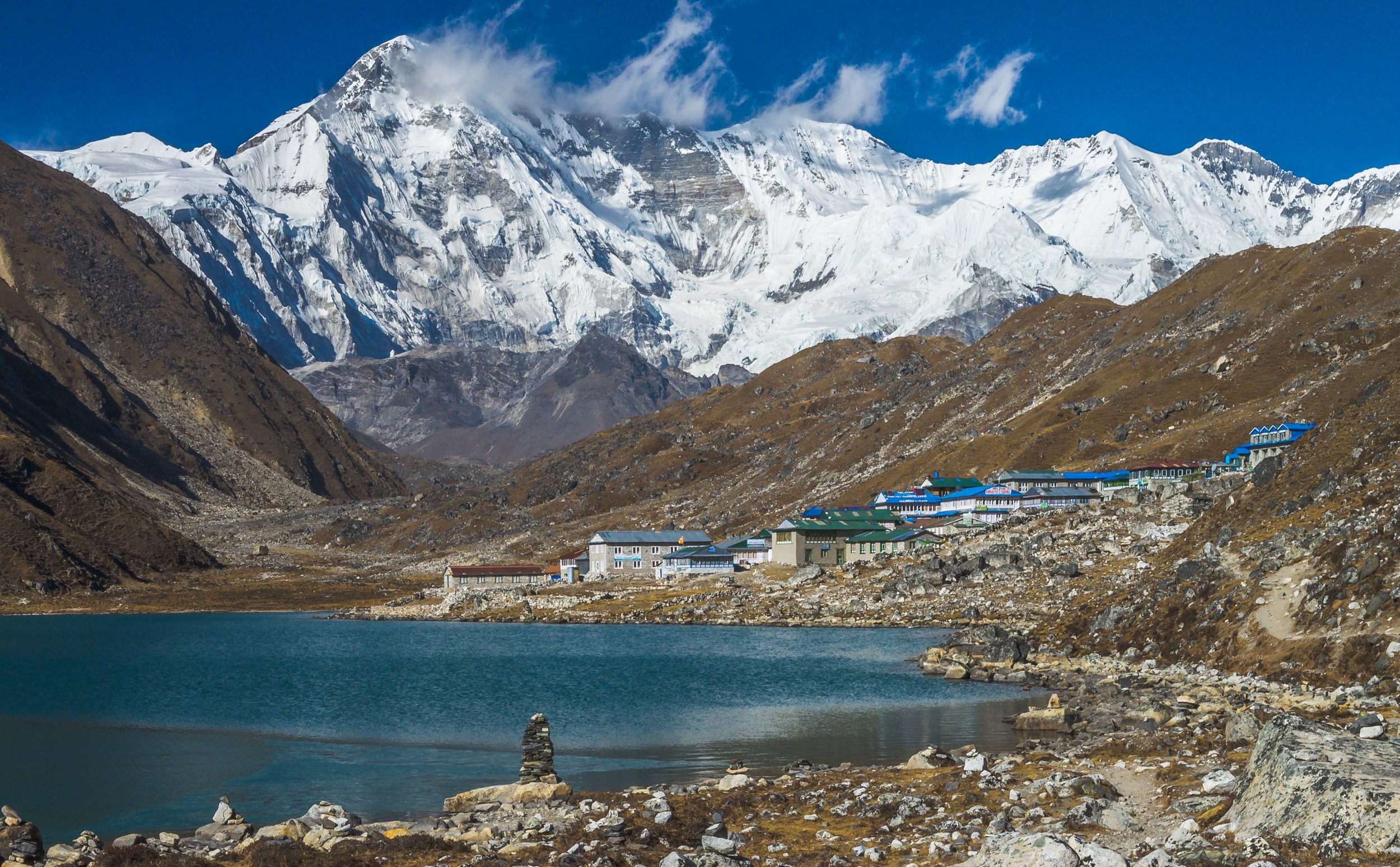Manaslu Trekking Guide: What I Wish I Knew Beforehand
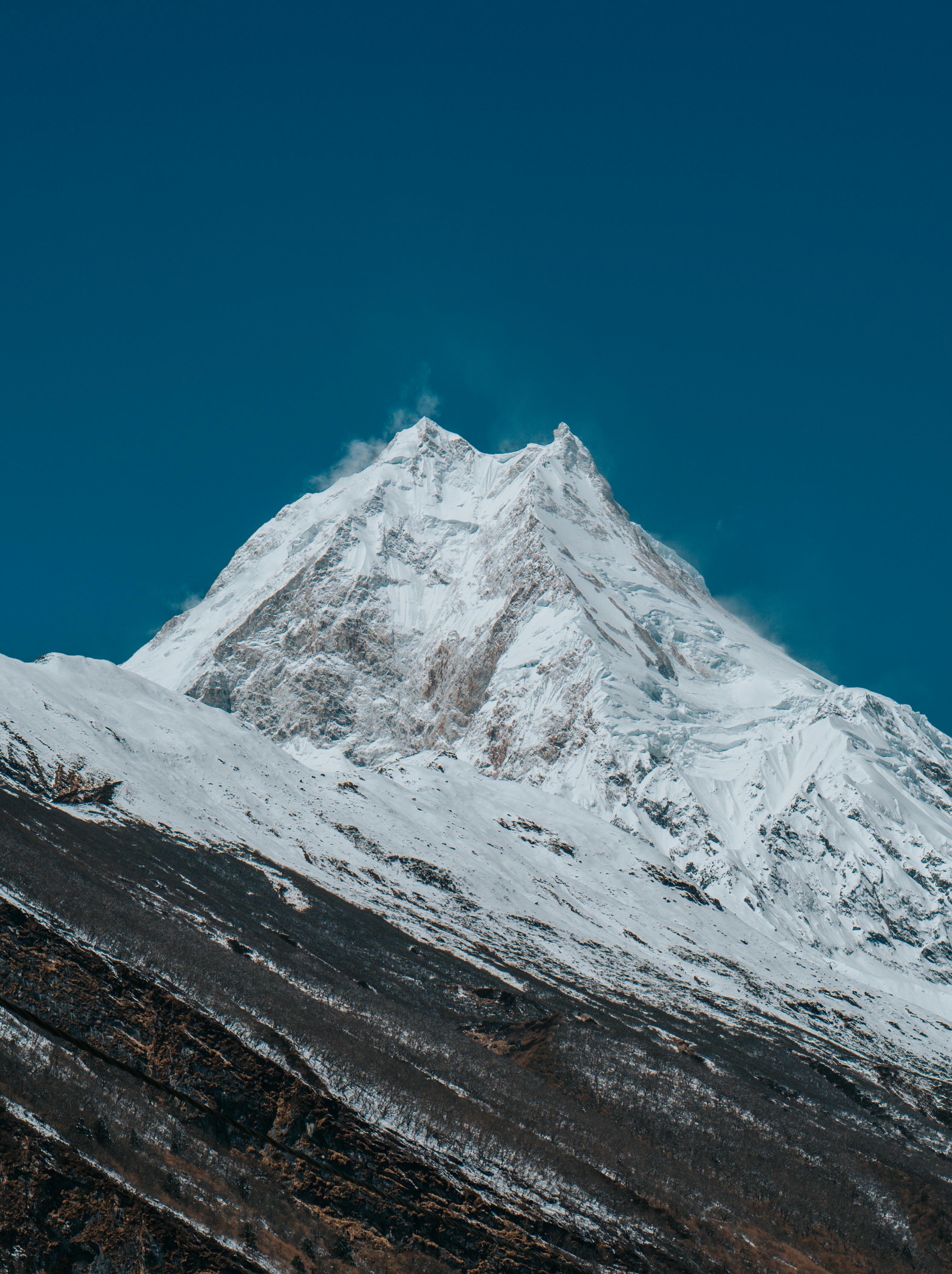
Strong 8k brings an ultra-HD IPTV experience to your living room and your pocket.
The Manaslu Circuit Trek is one of the most beautiful and rewarding trekking routes in Nepal, yet it remains relatively less crowded compared to popular trails like the Everest Base Camp and Annapurna Circuit. As someone who completed the trek recently, I realized there were many things I wish I had known before starting. This guide offers firsthand insights, practical tips, and everything you need to know before embarking on your Manaslu trekking adventure.
Why Choose the Manaslu Circuit Trek?
The Manaslu region is located in the Gorkha district of north-central Nepal, home to Mount Manaslu, the eighth-highest peak in the world at 8,163 meters. The trail circles the mountain and offers an incredible mix of cultural immersion, natural beauty, and off-the-beaten-path adventure.
What sets the Manaslu Circuit Trek apart:
• Fewer crowds and a more remote feel
• Authentic local culture, especially Tibetan-influenced villages
• Diverse landscapes, from subtropical forests to alpine meadows and glacial valleys
• Crossing the Larke Pass (5,160 meters), one of the highest trekking passes in Nepal
Despite its beauty, the Manaslu trek is moderately challenging and requires preparation. Here’s what I wish I had known beforehand.
1. Permits Are Mandatory and Strictly Regulated
Manaslu lies in a restricted area, so independent trekking is not allowed. You must trek with a registered guide and obtain the following permits:
• Manaslu Restricted Area Permit (MRAP)
• Manaslu Conservation Area Permit (MCAP)
• Annapurna Conservation Area Permit (ACAP)
Permit costs vary based on the season. The restricted permit is more expensive during peak trekking months (September to November). Also, a minimum of two trekkers is required, so solo travelers must join a group or pay for an extra permit.
2. The Trek Is Remote – Prepare Accordingly
Unlike the Annapurna or Everest regions, the Manaslu trail is less commercialized. Some villages have limited lodging and food options. Most tea houses are basic, offering twin rooms with shared bathrooms, and often no heating in the rooms.
Electricity and charging facilities are available in most villages, but not always reliable. Carry a power bank and solar charger for your devices.
Tip: Do not expect ATM access or mobile networks after Machha Khola. Carry enough cash (Nepali rupees) from Kathmandu.
3. Acclimatization Is Critical
The trail starts at lower elevations around 700 meters and gradually climbs over 5,000 meters. The elevation gain is significant, and proper acclimatization is essential to avoid Acute Mountain Sickness (AMS).
Spend an extra day acclimatizing in Sama Gaun, the last major village before crossing the Larke Pass. You can do side trips to Pungyen Gompa or Manaslu Base Camp for acclimatization and panoramic mountain views.
4. Larke Pass Is Tough but Rewarding
The highlight of the trek is crossing Larke La Pass (5,160m). This section is physically demanding and usually requires a pre-dawn start. The ascent is long and cold, and the descent to Bimthang is steep and taxing on the knees.
Tips for crossing the pass:
• Start early (around 3:00 am to 4:00 am)
• Dress in layers and carry gloves, a warm hat, and windproof clothing
• Bring energy snacks, as tea houses are not available until Bimthang
Though difficult, the reward is immense: awe-inspiring views of Himlung, Cheo Himal, Kang Guru, and Annapurna II.
5. Trek Duration and Itinerary
The standard Manaslu Circuit Trek takes 14 to 18 days, depending on your pace and side trips. A sample itinerary includes:
1. Kathmandu to Soti Khola (Drive)
2. Soti Khola to Machha Khola
3. Machha Khola to Jagat
4. Jagat to Deng
5. Deng to Namrung
6. Namrung to Sama Gaun
7. Acclimatization in Sama Gaun
8. Sama Gaun to Samdo
9. Samdo to Dharamsala (Larke Phedi)
10. Cross Larke Pass to Bimthang
11. Bimthang to Tilije
12. Tilije to Dharapani
13. Dharapani to Besisahar (Drive)
14. Besisahar to Kathmandu (Drive)
You can extend the trek by combining it with the Tsum Valley Trek, a culturally rich side trip that adds about 5-7 days.
6. Pack Smart – Essentials for Manaslu Trekking
Packing for Manaslu is not like preparing for urban or lodge-based trekking. Weather can change rapidly, and facilities are basic. Here’s what I recommend:
• Trekking boots (well broken-in)
• Down jacket and thermal layers
• Rain jacket and waterproof backpack cover
• Sleeping bag (rated to -10°C or lower)
• Headlamp and extra batteries
• Water purification tablets or filter
• Trekking poles (especially useful for Larke Pass)
• Basic medicine kit (for altitude, cold, blisters, and stomach issues)
• Snacks, energy bars, and electrolyte powders
Your guide or agency may provide a duffel bag carried by porters. Keep valuables and essentials in your daypack.
7. Cultural Sensitivity and Respect
The region is predominantly inhabited by Tibetan Buddhist communities. Villages like Lho, Sama Gaun, and Samdo feature beautiful monasteries and mani walls.
Be respectful:
• Walk clockwise around stupas and mani walls
• Dress modestly, especially in villages and monasteries
• Always ask before taking photographs of people
8. Best Season to Trek the Manaslu Circuit
The best time to trek the Manaslu Circuit is during the autumn season (September to November) and spring (March to May).
• Autumn: Clear skies, excellent visibility, and stable weather
• Spring: Blooming rhododendrons, warmer temperatures, and vibrant landscapes
Avoid the summer monsoon (June to August) and peak winter (December to February) when trails may be muddy, slippery, or blocked by snow.
9. Is It Worth It? Absolutely.
Despite the effort, logistics, and physical demands, the Manaslu Circuit is one of the most authentic and breathtaking treks in Nepal. It offers a perfect blend of solitude, culture, adventure, and Himalayan grandeur.
If you are looking for an alternative to the crowded Everest and Annapurna regions and are ready for a challenge, Manaslu will not disappoint.
Final Thoughts
The Manaslu trek is not just a physical journey but a cultural and spiritual one. It tests your endurance, rewards you with raw mountain beauty, and offers deep insights into remote Himalayan life. With proper planning, the right gear, and a sense of adventure, this trek can be one of the most unforgettable experiences of your life.
Note: IndiBlogHub features both user-submitted and editorial content. We do not verify third-party contributions. Read our Disclaimer and Privacy Policyfor details.

